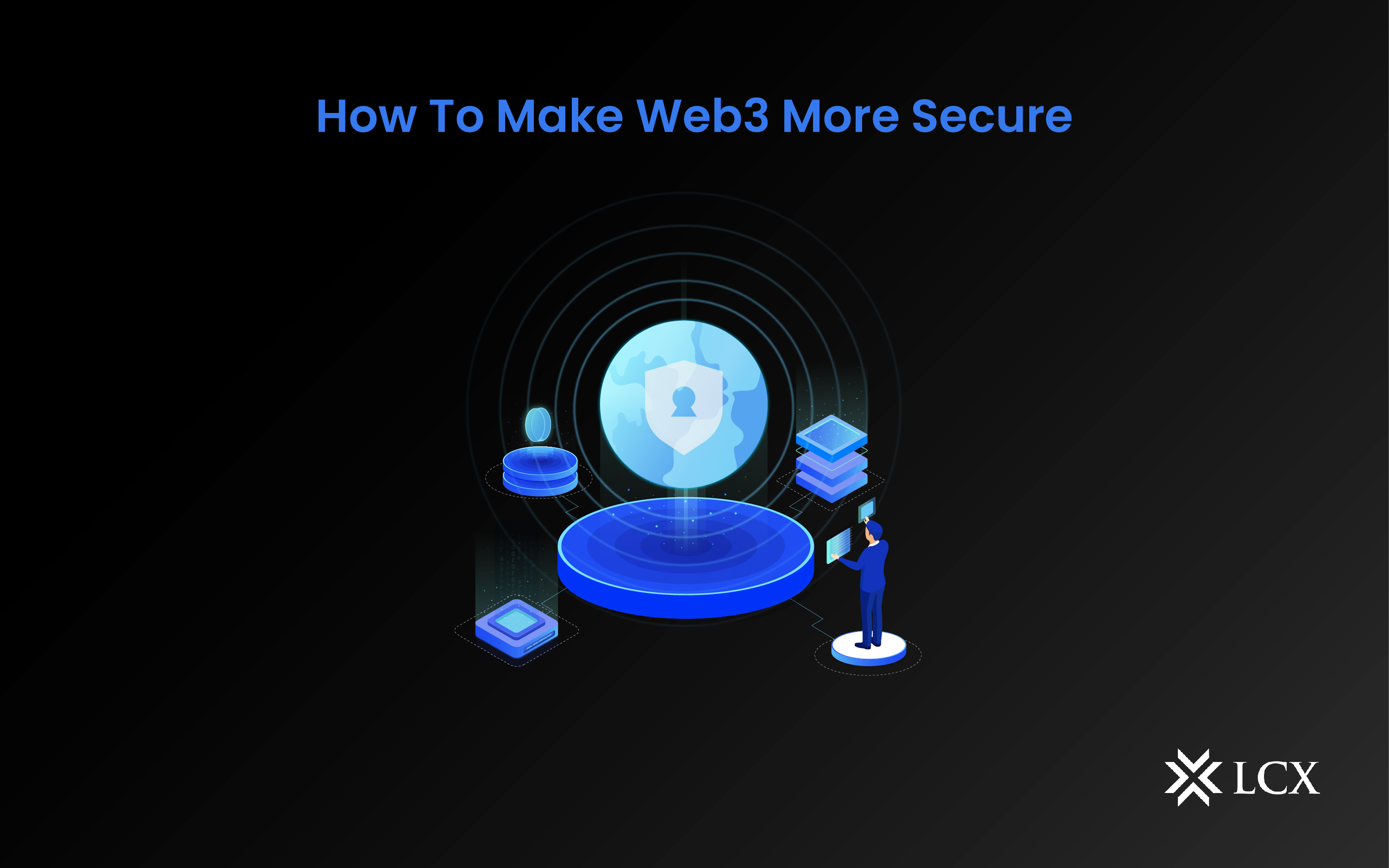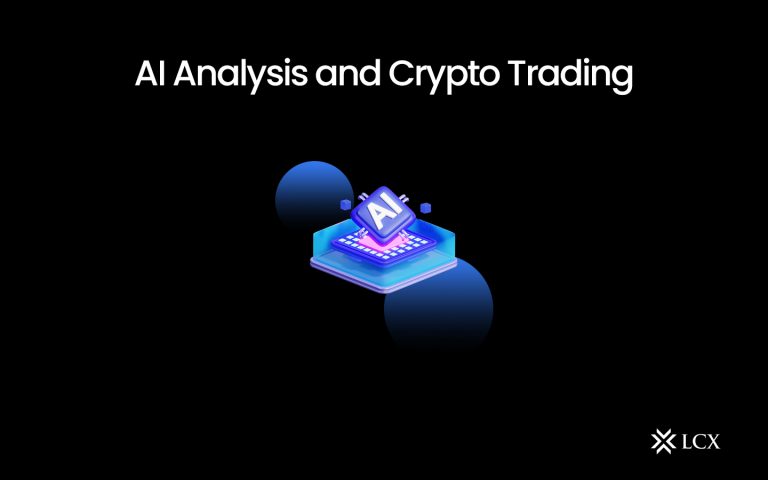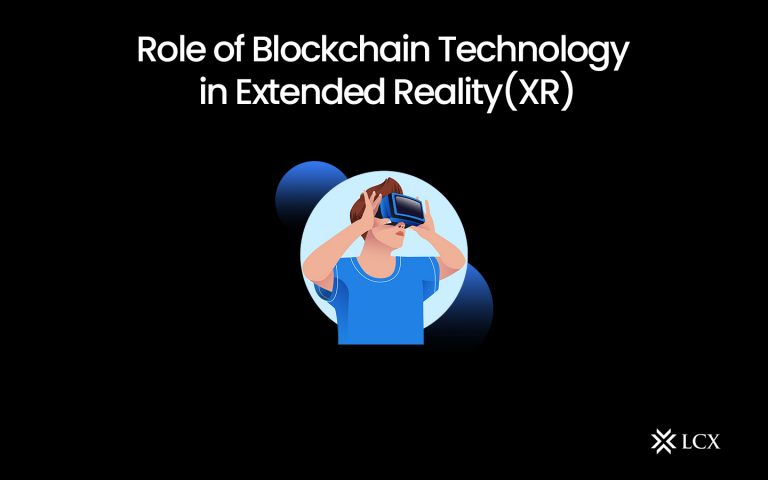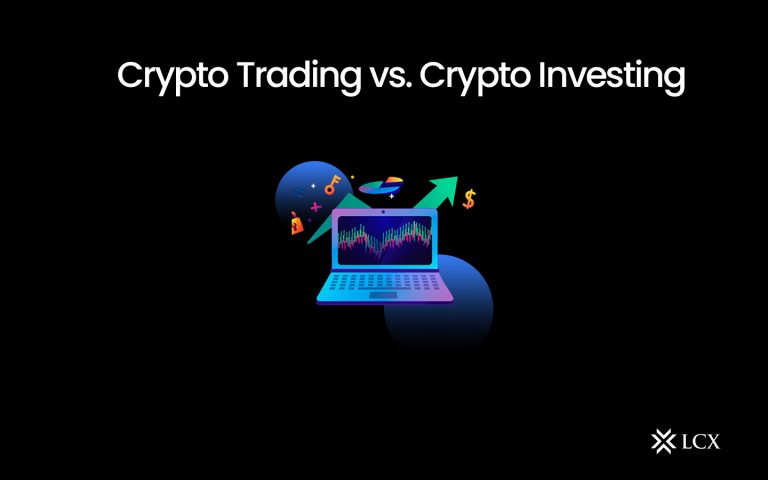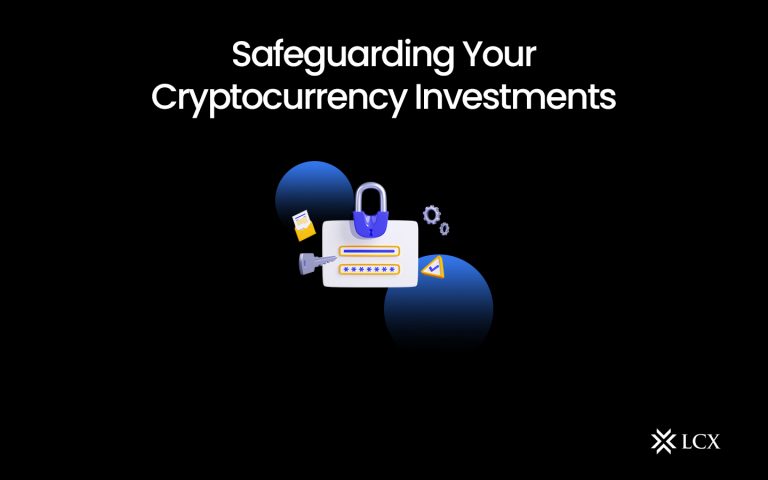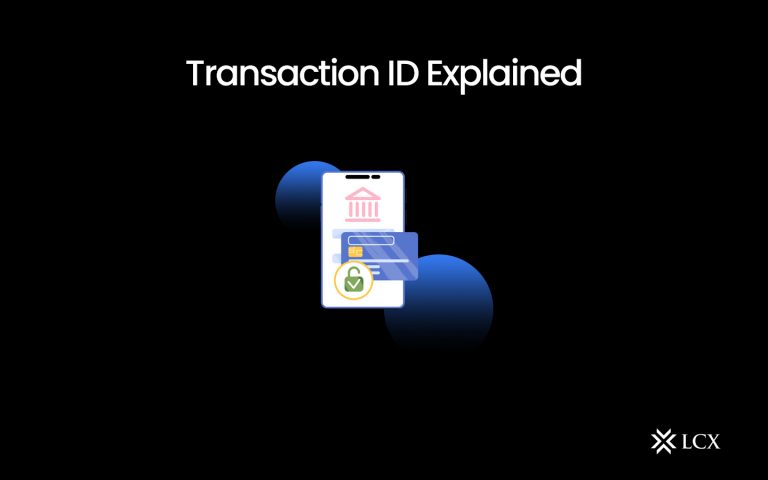Web3 has finally penetrated the mainstream consumer market, and its effect is indisputably tremendous. Even large technology companies recognize this since they have begun constructing the necessary infrastructure. As we migrate from the company-owned Web2 paradigm to the user-owned Web3 model, this also signals a huge shift in the technological environment.
But, like with every new technology, Web3 presents an entirely new set of issues, with security remaining a major concern. Certik, a renowned Web3 security firm, reports that DeFi has lost almost $2 billion in just the first two quarters of 2022, which demonstrates how dire the situation is. Cyberattacks have become more prevalent, and there has been a concomitant increase in the industry’s demand for security personnel. Although Web3 is still in its infancy, this gives the ideal chance for anyone seeking to get a jump start in this industry.
The Core Concepts of Web3
Web3 is a concept for a decentralized and collectively owned version of the World Wide Web. Web3 technology is based on decentralized databases that require the approval of the majority for any modification or update. To outline the differences between Web3 and prior Web technologies:
- Web 1.0 is read: Users can retrieve material from the Web, but they cannot interact with it.
- Web 2.0 is read-write: People contribute data to the Internet by uploading content, for example.
- Web 3.0 is read-write-own: People do not simply supply data; they also own it.
This concept is made possible by a few fundamental principles:
Decentralization: Web applications have been managed by centralized providers for the majority of the Internet’s history. These providers control the logic and data of the application and can modify or delete it as they see fit. Web3 distributes web applications via a peer-to-peer (P2P) network of connected nodes. There is no central authority or controller, data is always visible to all nodes, and it cannot be deleted or modified without network consensus.
Consensus: Web3 requires a network-wide majority vote to verify new transactions or modifications. To reach consensus, blockchains use proof-of-work (PoW) and proof-of-stake (PoS) validation processes.
Implicit trust: Web3 uses encryption, particularly hashing, to guarantee that data is never modified or removed without the consent of the supporting network. For instance, a given block on a blockchain cannot be modified independently since its hash is recorded on the block that follows it. Updating a block will alter the value of the block that follows it, invalidating the hash on that block, and so on. In other words, any change would necessitate altering a significant portion of the blockchain. Changes of this nature are possible, but they require extensive consensus from the supporting network and are resource-intensive. This makes Web 3.0 more secure than Web 2.0 in numerous ways.
Key Ways to Make Blockchain More Secure
Here are a few ways to make blockchain more secure:
- Stronger Authentication Mechanisms: The requirement for stronger authentication procedures is one of the key security challenges of Web3. With decentralized systems, there is a greater danger of assaults such as phishing and identity theft with decentralized systems. To overcome this difficulty, there must be a stronger authentication technique that can correctly and securely validate user identities. Multi-factor authentication, which combines two or more separate authentication methods, such as a password and a fingerprint, to boost security, is one possible approach.
- Decentralized Key Management: The handling of private keys is an additional crucial topic in Web3. Users are responsible for managing their own private keys in decentralized systems, which are used to sign transactions and provide access to their digital assets. If a person loses their private key, they risk losing access to their digital assets permanently. To tackle the issue effectively, there must be more secure and decentralized key management technologies. Decentralized key management systems that divide the storage of private keys over numerous nodes and reduce the danger of a single point of failure are one viable solution.
- Secure Smart Contract Development: Smart contracts are one of Web3’s fundamental building pieces. These smart contracts are encoded on the blockchain and execute automatically when specific circumstances are satisfied. While smart contracts offer numerous advantages, they also introduce new security vulnerabilities. A significant obstacle is a requirement for secure smart contract development procedures. This requires verifying that there are no exploitable flaws in smart contracts. To address this difficulty, we must establish more stringent smart contract development standards and procedures.
- Robust Network Security: Web3’s network security is an additional crucial topic. Decentralized networks are more vulnerable to attacks such as distributed denial-of-service (DDoS) attacks, which can bring entire networks down. To address this issue, we must design more strong network security protocols capable of detecting and mitigating threats swiftly. Implementing security measures such as firewalls, intrusion detection systems, and anti-malware solutions is required.
In Conclusion
Web3 has enormous promise for innovation and disruption, but it also introduces new security issues. To make Web3 a more secure environment, we must create stronger authentication mechanisms, decentralized key management solutions, secure smart contract development practices, and robust network security protocols, as well as educate users and developers on the best practices for securing digital assets. By removing these obstacles, we may realize the full promise of Web3 and create a more safe and transparent internet future.
